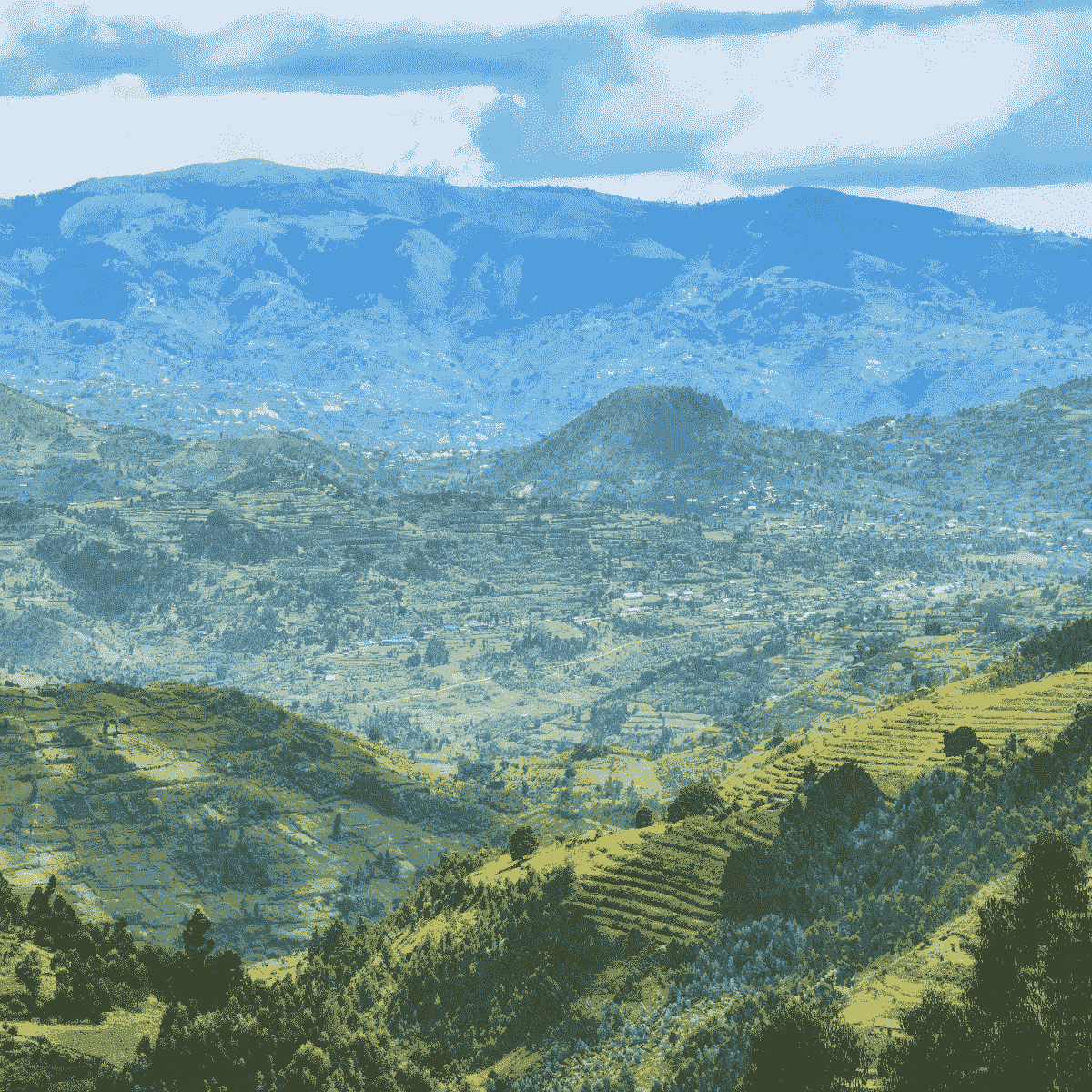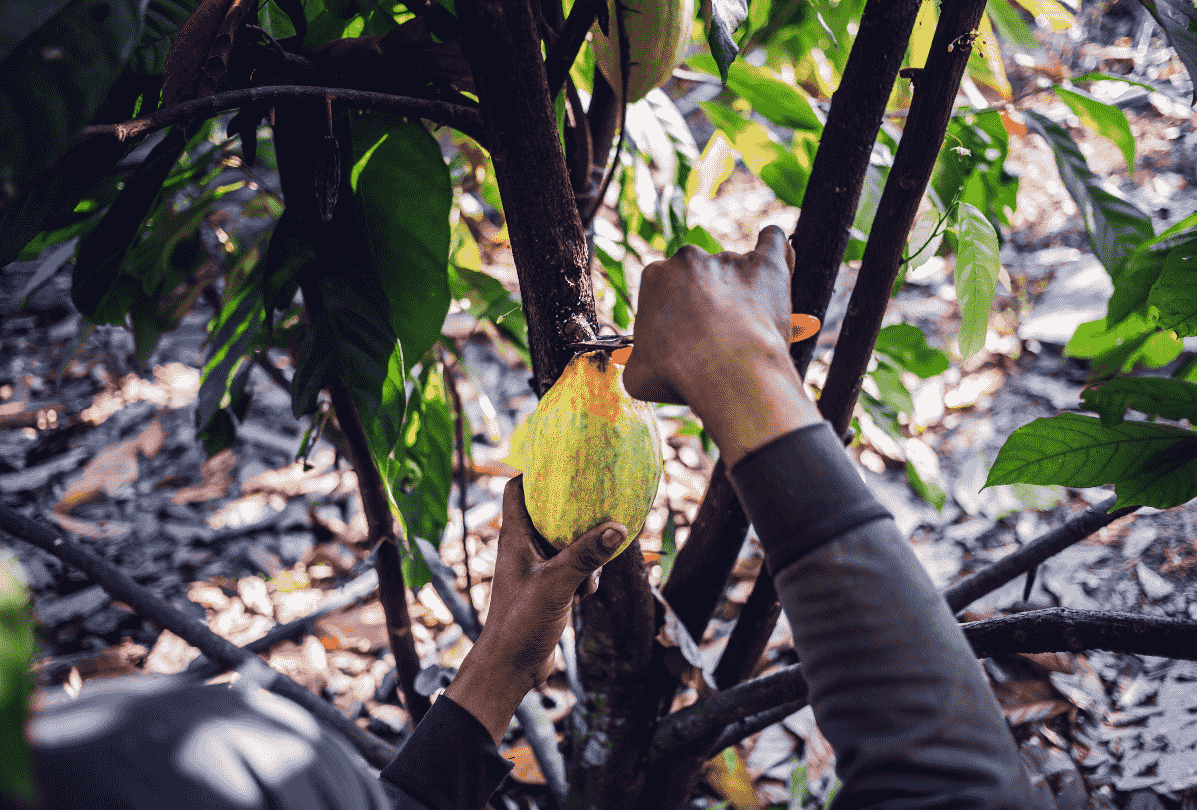Recapturing resources for circular food production: Why focus on Rice?
Article subtitle
Applying circular principles to the rice value chain is urgent given changing climates and a growing demand-supply gap for rice
Applying circular principles to the rice value chain is urgent given changing climates and a growing demand-supply gap for rice
Rice plays a pivotal role in our global economy and food systems, supporting the livelihoods of 3.5 billion consumers and 150 million smallholder farmers. However, food loss and waste and environmental degradation during rice production and processing are of increasing concern. The International Rice Research Institute identified rice as the cultivated crop most vulnerable to future changing climates.
Rice currently generates a high volume of unavoidable food loss and waste in pre-consumer stages and there is a range of possible productive uses for the waste. In partnership with Resonance, PACE has identified rice, alongside cocoa, as a high-potential value chain for research and action, working toward our priority of ‘Recapturing resources for circular food production’. Here, we explain why the rice value chain has great potential for integrating circular practices and why this is important for global food systems in a context of the changing global climate.
Context
The environmental impact of rice waste is significant. Rice waste contributes to 43% of GHG emissions associated with waste from the cereals and pulses category. Rice paddies contribute an estimated 19% of methane and 11% of nitrous oxide emissions.
At the same time, rice farming is affected by extreme temperatures, drought, and flooding associated with climate change. Asia accounts for 90% of production with China leading as the largest producer, and India as the top global exporter, cultivating approximately 45 million hectares of rice. Climate unpredictability has severely affected the region, with flooding in Bangladesh, heatwaves in China, rain in India’s grain belt, and sea saltwater infiltrating inland rice production in Vietnam (Reuters, 2022). The increase in frequency and severity of hot weather could reduce rice yields by up to 40%.
Global significance
Addressing the circular potential of the rice value chain is urgent given that rice is the most consumed crop globally and ranks third in terms of cultivation. In 2021, the total global trade value of rice reached $28.4 billion. The estimated demand for rice is expected to grow to over 700 million tonnes by 2025.
Despite rising demand, rice production is falling and prices increasing. The war in Ukraine is one significant factor behind current rice shortages. Linear supply chains do not have the capacity to adapt to increasingly fragile ecosystems and political volatility because it views waste as an “end”. Promoting circular practice in rice farming gives farmers the tools they need to continuously produce crops and maintain a source of income while regularly providing food to consumers.
Rice's significance spans economies and diets, making it crucial to address the circular potential of the rice value chain.
Addressing food loss and waste in the rice value chain
Despite an alarming situation for global rice production, research indicates that rice waste holds immense potential for productive repurposing or value addition. There are three main by-products from producing rice: rice bran, rice husk, and rice straw. By harnessing the potential of these by-products, the rice value chain can transition towards a more sustainable and circular approach. Supported by Resonance, PACE is currently working to uncover how to increase circularity within the rice value chain by identifying specific points of intervention where action can be replicated and scaled.
Conclusion
The rice value chain presents a remarkable opportunity to enhance circularity within our global food system. With vast unavoidable food loss and waste, it is crucial to explore sustainable solutions and productive repurposing of rice waste. Leveraging Resonance's expertise on agriculture and supply chains, PACE aims to identify key intervention points or "acupuncture points" to stimulate transformative change throughout the value chain.




